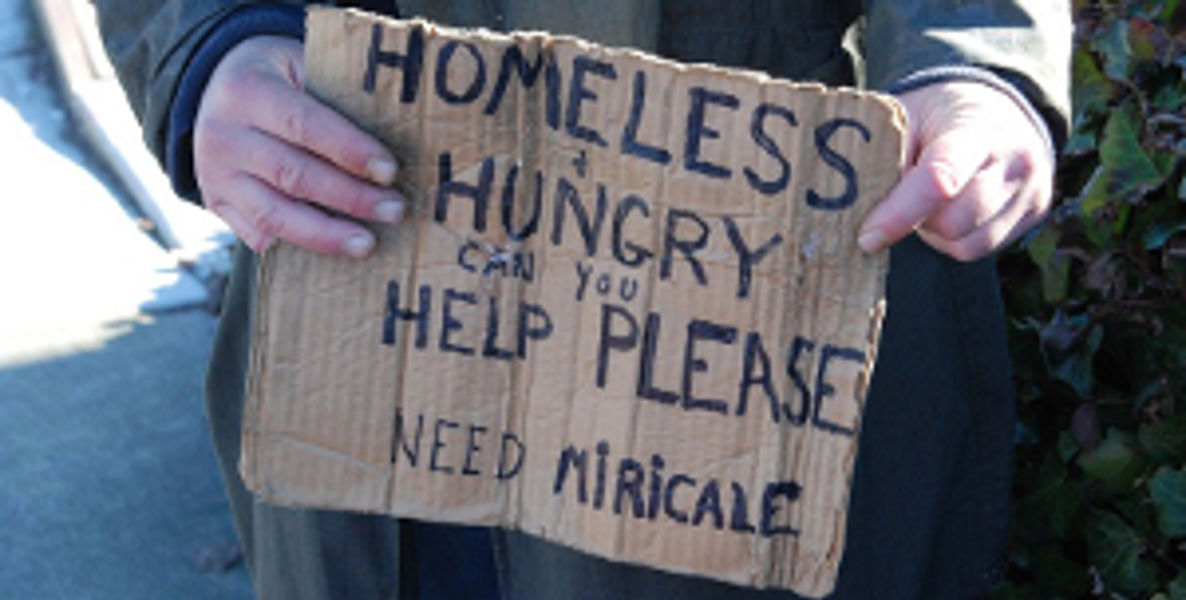Utah’s Housing First program has already taken 2000 people off the streets and into state-financed housing, reducing its homeless population by 74 percent since 2005. Along with the apartment, the formerly homeless receive visits from a social worker. Combined, Utah estimates the $11,000 cost per person is nearly $6,000 less than the average spent every year on homelessness-related hospital and jail visits.
Would it work here? Three different organizations in Philadelphia already provide Housing First-type services to the city’s chronically homeless. The largest, Pathways to Housing, currently has 400 residents in apartments throughout the city, including 150 veterans.
They do not have to get clean or sober; take mental health medications; or even get a job. They are required only to contribute 30 percent of their income (if they have it) to rent, and to meet with a team of social service workers twice a month. The goal is not necessarily to wean them from Pathways. It’s simply to keep them safe and healthy, and—hopefully—part of a community.
“We want to make sure they stay housed; that they’re eating; bathing occasionally; and getting medical attention,” says Executive Director Chris Sirimiglia. “When those basic needs are met, they are more able to move towards further help.”
Pathways opened six years ago, and has been successful in the same way touted by Utah. Eighty-nine percent of its clients are still indoors. And it is cost-effective: A 2011 study found that each homeless person placed in a Pathways house saved the city more than $4,000 a year.
Sirimiglia says Pathways plans to house another 30 people this year. But she says Housing First does not work for everyone. Some people need the support of a group home, or the services that go with a mental health facility in order to survive. Thirty-year-old ProjectHOME, for instance, operates some 620 units in clean and sober homes, recovery houses and subsidized mixed-use facilities throughout the city.
“It’s important to have a variety of ways to solve this problem,” says Laura Weinbaum, Executive Vice President of Public Affairs and Strategic Initiatives at ProjectHOME. “For some people, having your own thing is what they need. For others, they need the community, and the accountability.”
Philadelphia is a national model for the way city agencies and nonprofits keep track of the city’s homeless population. Advocates know the names, locations and issues facing some 600 chronically homeless men and women. They are outside every night, building relationships with them and prioritizing them by greatest need. Weinbaum says she can envision a day when all those people are inside, in a form of housing that’s best for them.
But that will not necessarily solve the problem. “We could look at our list and say that we’ve housed all those people and ‘eliminated homelessness,’” she says. “But then we’ll go outside and see more homeless. More people end up out on the streets all the time.”
![]()
RELATED



